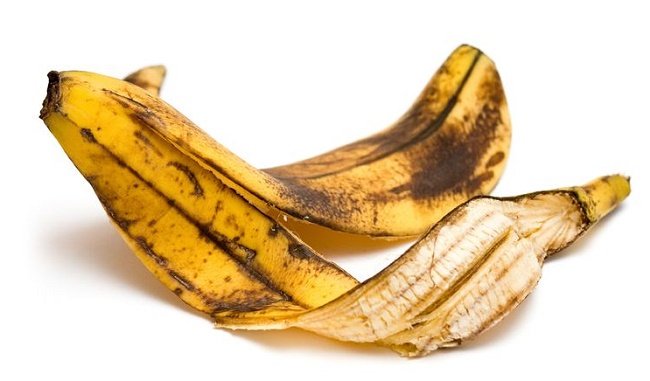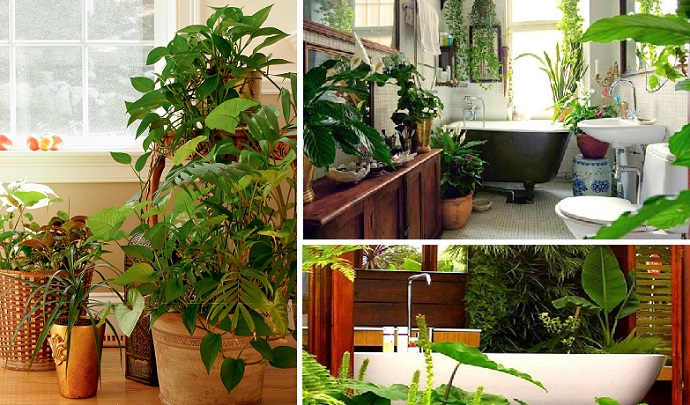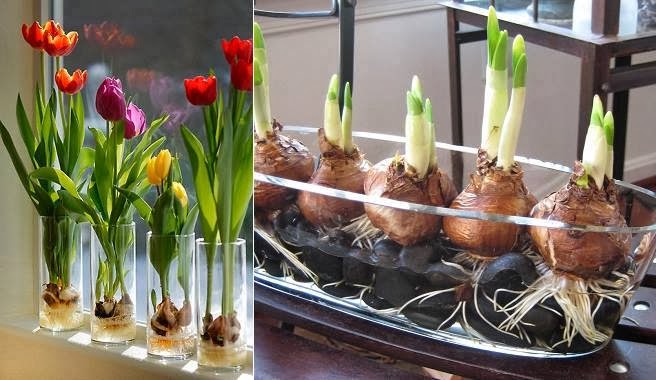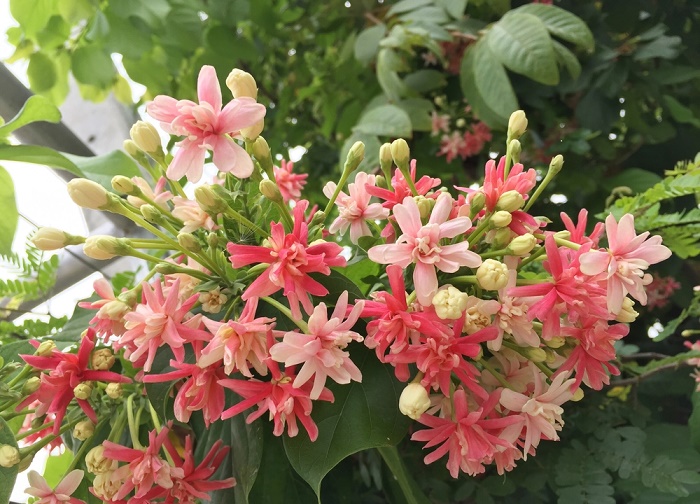When it comes to organic gardening, all-natural fertilizer options can often be in short supply on the shelves of your garden supply store. Those that exist are more expensive and while they may say “organic” on the packaging, you really don’t know if they really are. Fortunately, making your own natural and organic fertilizers can be both easy and cheap, often using components you already have at home.
The fertilizer formula
Perhaps you are new to the art of gardening, and perhaps you have not realized (or yes), that on the label of most of the fertilizers that come pre-mixed, there are three numbers. These numbers represent three chemicals that are nitrogen, phosphorus and potassium or (N, P, K). These three nutrient elements are essential for a general phytosanitary health, for a strong aerial growth and a good development in the roots. If you know these main components and make them essential, you will always have your garden well fed.
Trace elements (basic nutrients) for a plant
We as humans need not only proteins to keep our bodies in full function, we also need carbohydrates and fats in our diets. Plants resemble us in that sense, speaking of nutrients, but for them, they are basic, nitrogen, phosphorus and potassium. N, P, K. However, there are additionally thirteen chemical elements that contribute to the productivity and health of your garden.
Not only are these three essential trace elements or nutrients that we have mentioned, they are basic for the garden, there are also some secondary elements such as calcium, sulfur and magnesium. Also, while photosynthesis occurs, sunlight is used by plants to break down carbon dioxide and water into hydrogen, carbon and oxygen, which become non-mineral plant food. There are also the micronutrients that a plant needs and that it must extract from the soil, these are copper, boron, chloride, iron, manganese, zinc and molybdenum.
Having put together this short introduction, you can understand more about a plant’s need for basic nutrients to keep it healthy and disease-free.
10 natural fertilizer recipes for your garden plants
The following are some recipes for natural fertilizers made with foods that contain the basic nutrients that we already know. These recipes for natural fertilizers are easy to prepare and above all, you will almost always have all the ingredients on hand to make them from your home as quickly and economically, and above all, keeping you and your plants free of chemicals. and toxic.
Coffee powder
Acid-loving plants like tomatoes, blueberries, roses, and azaleas, are propelled by coffee beans mixed into the soil. But it is more likely that nitrogen is helping them. Sprinkle on top of the soil before watering or pouring a liquid version on top of the soil. If you are using it as a liquid, soak 6 cups of coffee grounds in a 5-gallon bucket of water. Let it rest for 2-3 days and then saturate the soil around the plants.
Banana peels
Eating a banana helps to replace lost potassium. Roses love potassium too. Simply toss a crushed husk or two into the hole before planting a rose bush. Bury them under the mulch so they can compost naturally. You will get bigger flowers.
Eggshells are natural fertilizers
Wash them first, then grind them into a powder. Work this crushed peel powder into the ground near tomatoes and peppers. Calcium helps prevent flower rot. Eggshells are 93% calcium carbonate, the same ingredient as lime. This produces healthy and beautiful fruit suitable for saving seeds.
You can make a natural and nutrient-rich fertilizer , using these first three elements, the banana peel from your smoothie, the coffee powder (leftover from your morning coffee), and the egg shells from your omelet this morning. Just put them in your food processor or blender, add a little water and grind until you get a smooth paste. Scoop this mixture around your plants to give it a calcium, potassium, and nitrogen boost.
Algae
Fresh seaweed does not need to be washed before use to remove salt. Both the fresh and dried versions are considered excellent nutrients for the soil. Algae contain trace elements and actually serve as a food source for soil microbes. Cut a small bucket of seaweed and add it to 5 gallons of water. Let sit for 2-3 weeks loosely covered.
Use it to soak up the ground and foliage. 2 cups work well for a small plant, 4 cups for medium plants, and 6 cups for a large plant. Experiment with quantities. Combine seaweed with other tea fertilizers.
Weeds
You have your own fertilizer growing under your feet. Nettles, comfrey, yellow dock, burdock, horsetail, and chickpea make a wonderful homemade fertilizer. There are several ways you can use them to make your own nutrient broth, liquid or tea, or to speed up your compost heap. You can dry the weeds in the sun and grind it up to use as a mulch.
They are rich in nitrogen and do not rob your plants of their nutrients. Some people leave the weeds soaked for many days. Place plenty of weed leaves and roots in a 5-gallon bucket. Flatten the leaves with a brick to ensure the plant matter is covered, and add water to cover.
Stir weekly and wait 3-5 weeks for the contents to get thick and sticky. You then use that liquid at a ratio of 1:10 or more, as a soil fertilizer. To make it even more convenient, you can use two buckets and poke a hole in the bottom of the bucket containing the plants. The sticky substance seeps into the lower bucket. It is always best to apply the diluted liquid fertilizer – it should look like tea.
Molasses
Using molasses in compost tea supposedly increases the microbes and beneficial bacteria that the microbes feed. If you want to start with a simple recipe for molasses compost, mix 1-3 tablespoons of molasses in a gallon of water. Water your plants with this concoction and watch them grow bigger and healthier.
Human urine
It sounds disgusting, but urine is considered a natural fertilizer, if the body from where it comes, is healthy and free of viruses and infections. High in nitrogen, urea contains more phosphorus and potassium than many of the fertilizers we buy in the store. If the portion of tomatoes that have been fertilized with urine is driven, try the compost pile. A good urine / water ratio would be 1: 8. You can collect a cup of urine and pour it into 8 cups of water in a plastic bucket used outdoors to fertilize plants. Pour 2 cups around the perimeter of each small plant. For medium plants, add 4 cups and large plants deserve 6 cups of your personal homemade concoction.
Cut grass
Rich in nitrogen, grass breaks down over time and improves the soil. Fill a 5-gallon bucket full of grass clippings. You can even add herbs. Weeds absorb nutrients from the soil just like grass. Add water to the top of the bucket and let it sit for a day or two. Dilute your herb tea by mixing 1 cup of liquid herb in 10 cups of water. Apply to the base of the plants using the same amounts as indicated above in the urine recipe.
Manure
With a little effort, you will find people who are giving away composted chicken, horse or cow manure for free. Composted and aged manure is the best. Add the composted manure to a small permeable bag made from recycled fabric, for example an old T-shirt or towel. Let it sit in the shade for a few days and apply it to your soil to condition it before planting. Some people use manure tea to soak the bare roots of the root.
Cat and dog food as natural fertilizers
Depending on the dog food you can recycle, this enriched soil may not be organic. However, even cheap things contain protein and micronutrients that benefit the soil. To prepare a garden plot for planting, sprinkle dry pet food on the bed, put in the soil and water. Let it decompose naturally. To discourage wildlife from any enticing snacks they may see, cover with cardboard until decomposed.
The cardboard will also trap moisture and reduce weeds . Make sure the cardboard is all wet and mulch. Water thoroughly every week for four weeks. Soy flour and alfalfa pellets from the grain store also work very well. Sometimes grain stores sell cheap or give away spoiled grain. Check the salt content of pet food and try not to add foods high in sodium. 3% sodium is fine.









